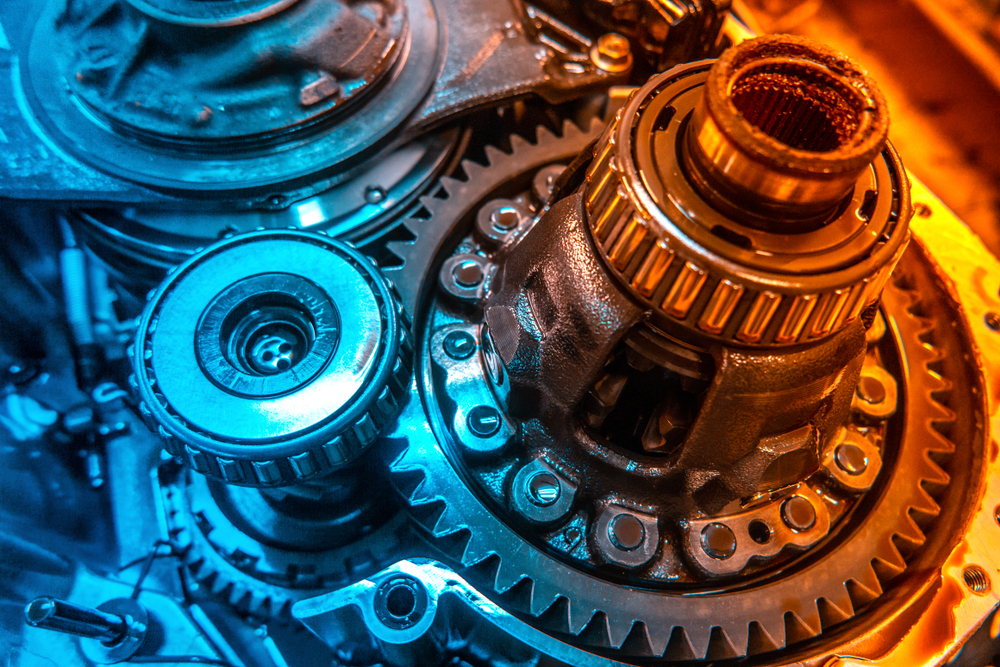How Dual Clutch Transmissions Are Shaping the Future of Cars
Introduction: In the world of cars, there's a profound shift happening. It's not electric vehicles or autonomous driving, but something far less obvious-- the rise of Dual Clutch Transmissions (DCT). This advanced technology is quietly, yet effectively, transforming the way we drive and experience our vehicles.

The Genesis of Dual Clutch Transmissions
The roots of dual-clutch transmission technology can be traced back to the late 1930s. Porsche, the famed German automobile manufacturer, was the first to introduce a dual-clutch transmission. However, the technology was initially used in racing cars and didn’t make its way into consumer vehicles until decades later. The turning point came in 2003 when Volkswagen adopted DCT technology for its Golf R32 model. It was a game-changer, offering both the comfort of an automatic and the control of a manual.
The Mechanics Behind Dual Clutch Transmissions
A dual-clutch transmission, as its name suggests, consists of two separate clutches. One clutch controls the odd gears, while the other controls the even gears. This setup allows for quicker gear changes as one clutch can disengage an old gear while the other engages the next one. The result is a smooth, seamless driving experience with virtually no interruption in power delivery.
The Impact of Dual Clutch Transmissions on the Automotive Industry
The adoption of DCTs in the automotive industry has been swift and universal. From luxury brands like BMW and Audi to more affordable manufacturers like Hyundai, many have embraced this technology. The reason? DCTs offer a superior driving experience, with faster gear changes, improved fuel efficiency, and greater control.
The Challenges and Benefits of Dual Clutch Transmissions
As with any new technology, DCTs come with their own set of challenges. They are typically more expensive to produce and maintain than traditional transmissions. However, the benefits they offer - smoother rides, better fuel efficiency, and faster acceleration - far outweigh these drawbacks for most drivers.
The Future of Dual Clutch Transmissions
Looking ahead, dual-clutch transmissions are likely to play an increasingly significant role in the automotive industry. As manufacturers strive to improve efficiency and performance, the DCT’s benefits make it a compelling choice. Moreover, with the advent of electric vehicles and autonomous driving, the DCT’s quick gear changes and seamless power delivery could prove even more valuable.
In conclusion, while dual-clutch transmissions may not be as headline-grabbing as some other automotive trends, their impact on the industry is undeniable. As we accelerate into the future, the DCT promises to continue shaping our driving experiences in surprising and exciting ways.




